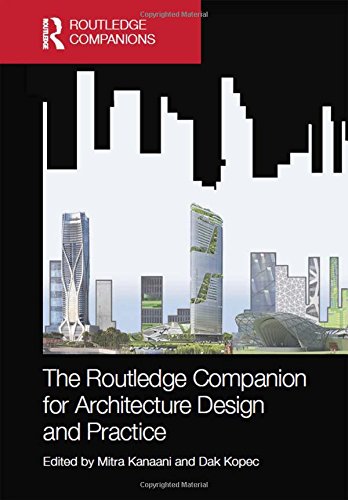

Most ebook files are in PDF format, so you can easily read them using various software such as Foxit Reader or directly on the Google Chrome browser.
Some ebook files are released by publishers in other formats such as .awz, .mobi, .epub, .fb2, etc. You may need to install specific software to read these formats on mobile/PC, such as Calibre.
Please read the tutorial at this link: https://ebookbell.com/faq
We offer FREE conversion to the popular formats you request; however, this may take some time. Therefore, right after payment, please email us, and we will try to provide the service as quickly as possible.
For some exceptional file formats or broken links (if any), please refrain from opening any disputes. Instead, email us first, and we will try to assist within a maximum of 6 hours.
EbookBell Team

4.7
76 reviewsThe Companion contains thirty-five chapters, divided into seven parts: Theoretical Stances, Technology, Sustainability, Behavorism, Urbanism, Professional Practice and Society. Topics include: Evidence-Based Design, Performativity, Designing for Net Zero Energy, The Substance of Light in Design, Social Equity and Ethics for Sustainable Architecture, Universal Design, Design Psychology, Architecture, Branding and the Politics of Identity, The Role of BIM in Green Architecture, Public Health and the Design Process, Affordable Housing, Disaster Preparation and Mitigation, Diversity and many more. Each chapter follows the running theme of examining external forces applied to the practice and discipline of architecture in order to uncover the evolving theoretical tenets of what constitutes today’s architectural profession, and the tools that will be required of the future architect.
This book considers architecture’s interdisciplinary nature, and addresses its current and evolving perspectives related to social, economic, environmental, technological, and globalization trends. These challenges are central to the future direction of architecture and as such this Companion will serve as an invaluable reference for undergraduate and postgraduate students, existing practitioners and future architects.